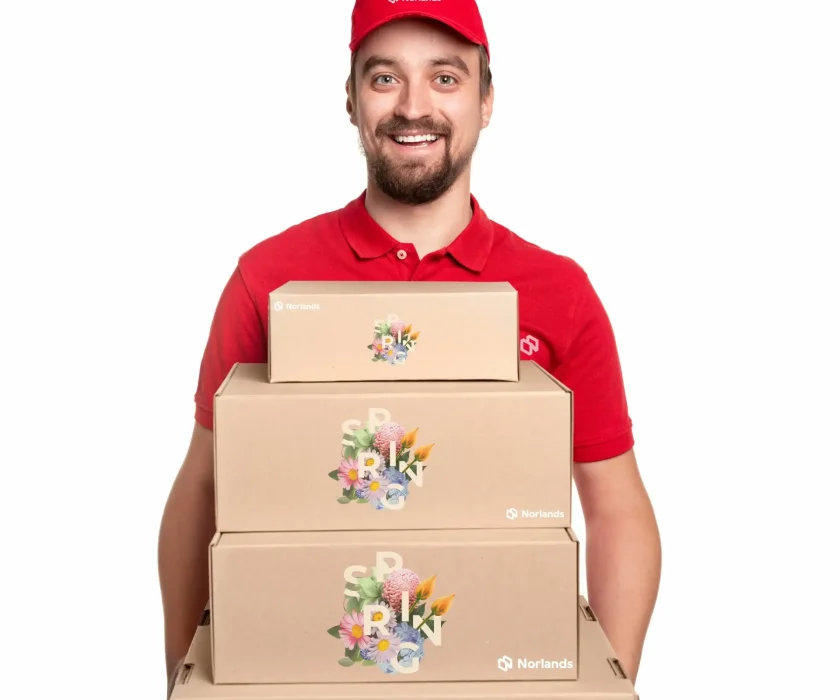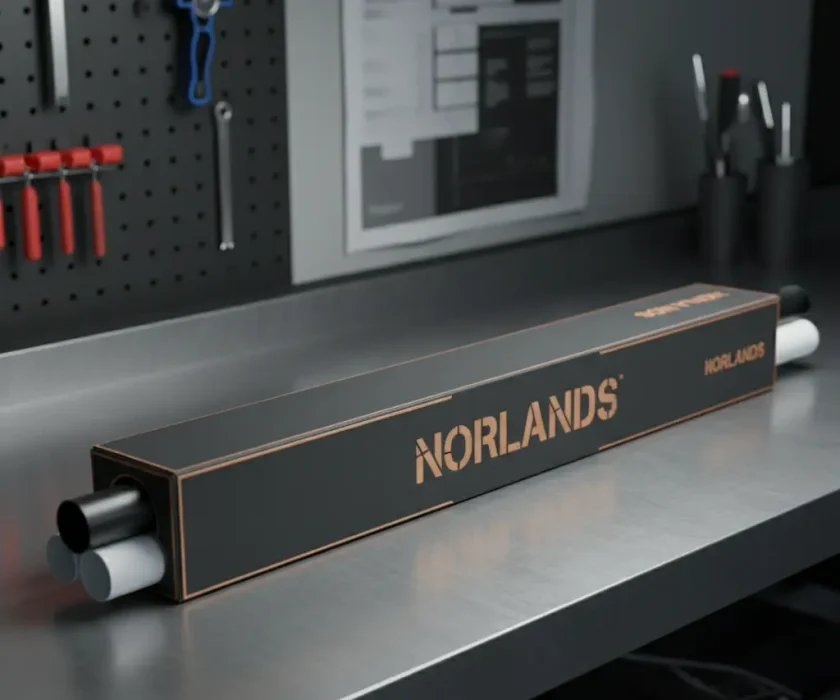
The Ultimate Corrugate Guide: Everything You Need to Know About Corrugated Packaging.
Corrugated packaging is an integral part of modern shipping, storage, and retail. From the boxes that deliver your online purchases to the packaging for fragile items like electronics and glass, corrugated materials have become the go-to solution for businesses across all industries. But what exactly makes corrugated packaging so popular, and how do you choose the right type for your needs? This guide will walk you through the fundamentals of corrugated packaging.
What is Corrugated Packaging?
Corrugated packaging is a material made from layers of paperboard, usually a fluted or wavy middle layer sandwiched between two flat sheets of liner board. This design creates a structure that’s lightweight yet extremely strong. The ridged (fluted) layer provides shock absorption and rigidity, while the outer layers offer a smooth surface for branding and printing.
Corrugated materials are most commonly used in boxes but can also be found in displays, inserts, and other packaging applications.
Key Components of Corrugated Packaging
1. Liner board
The outer and inner layers of corrugated material are called liner boards. They are smooth and durable, offering a surface for branding, labels, and protective finishes.
2. Fluting
The wavy middle layer is the key to the strength of corrugated materials. The fluting comes in different sizes (referred to as flute profiles) to offer different levels of strength and cushioning.
Common Types of Corrugated Flute Profiles
The flute size affects the box’s thickness, strength, and suitability for various applications.
- A-Flute: The largest flute size, offering the most cushioning and compression It’s ideal for fragile products like electronics.
- B-Flute: Thinner than A-Flute but provides excellent crush resistance and is often used for canned goods and retail packaging.
- C-Flute: The most commonly used flute size, offering a balance between strength and cost-effectiveness. It’s versatile enough for a variety of products, from food to household
- E-Flute: This thin flute profile is used when high-quality printing is needed, often in retail and luxury packaging.
- F-Flute: Even thinner than E-Flute, it’s commonly used for smaller, lightweight retail
Single-Wall vs. Double-Wall vs. Triple-Wall
The number of walls in corrugated packaging refers to the number of fluted layers between the liner boards.
- Single-wall: Contains one fluted layer between two liner It’s the most commonly used structure for shipping boxes.
- Double-wall: Two layers of fluted material for extra strength and Ideal for heavier or more fragile items.
- Triple-wall: The heaviest-duty corrugated option with three fluted It is used for industrial and extremely heavy items.
Benefits of Corrugated Packaging
1. Strength and Durability
Corrugated boxes are designed to withstand pressure and impacts during shipping, offering reliable protection for a wide range of products.
2. Lightweight
Despite their strength, corrugated materials are lightweight, which helps reduce shipping costs.
3. Sustainability
Most corrugated packaging is made from recycled materials and can be recycled after use, making it an eco-friendly option.
4. Cost-Effective
Corrugated packaging is relatively inexpensive to produce and can be customized for specific needs, making it affordable for both large and small businesses.
5. Customization
Corrugated materials are versatile. They can be custom-printed with your logo or product information, cut to size, and designed with special features like tear strips or built-in handles.
Choosing the Right Corrugated Packaging for Your Business
The type of corrugated packaging you choose depends on your product and shipping needs.
- For Heavy or Fragile Items: Double-wall or triple-wall corrugated boxes provide the protection needed to prevent
- For Retail Displays: E-Flute or F-Flute corrugated packaging is perfect for retail displays and custom designs that require intricate
- For Shipping: C-Flute is the most popular option for shipping boxes due to its balance of strength and affordability.
Corrugated Packaging Trends for 2025
- Sustainability: As consumers demand greener products, more businesses are turning to corrugated packaging made from 100% recycled materials. Bio-based coatings and inks are becoming popular as well.
- Enhanced Customization: Digital printing technology allows businesses to create high- quality, full-color designs on corrugated boxes, enhancing brand
- E-commerce Packaging: The boom in online shopping means more companies are focusing on creating e-commerce-friendly corrugated packaging that’s easy to open and
- Smart Packaging: QR codes, AR (Augmented Reality), and NFC tags are being integrated into corrugated boxes to enhance the customer
Corrugated packaging is a crucial element of many supply chains, offering an unbeatable combination of strength, affordability, and sustainability. Whether you’re shipping heavy industrial goods or creating eye-catching retail displays, corrugated materials can be tailored to your business’s unique needs.
When choosing corrugated packaging, consider the type of product you’re shipping, your budget, and any sustainability goals your business has. By understanding the different types of corrugated materials and their uses, you can select the ideal packaging that ensures your products arrive safely while supporting your brand image.
If you need help navigating your packaging options, Norlands Box Company is here to assist with custom corrugated solutions that meet all your needs. Reach out to us today!




